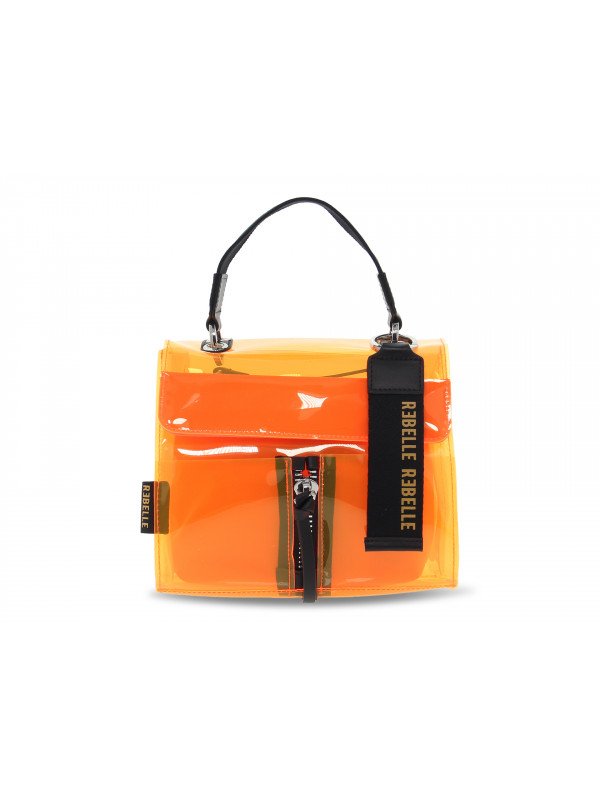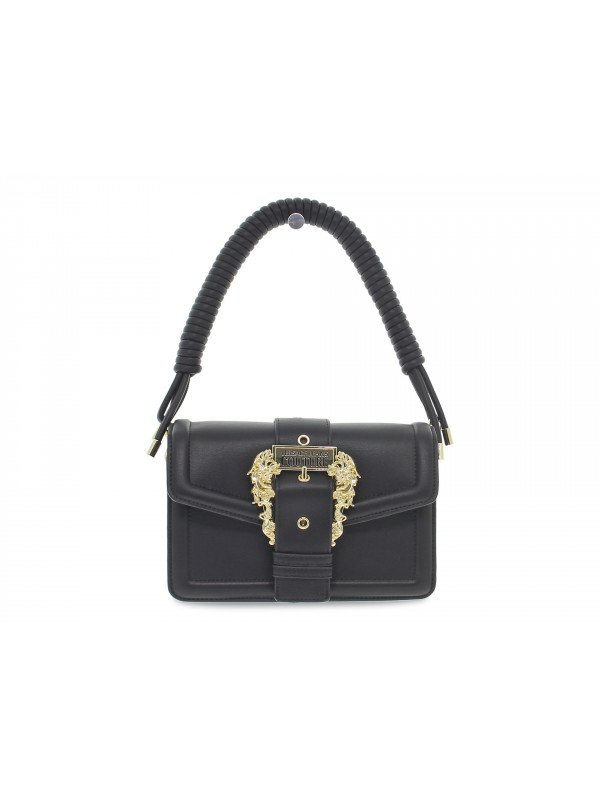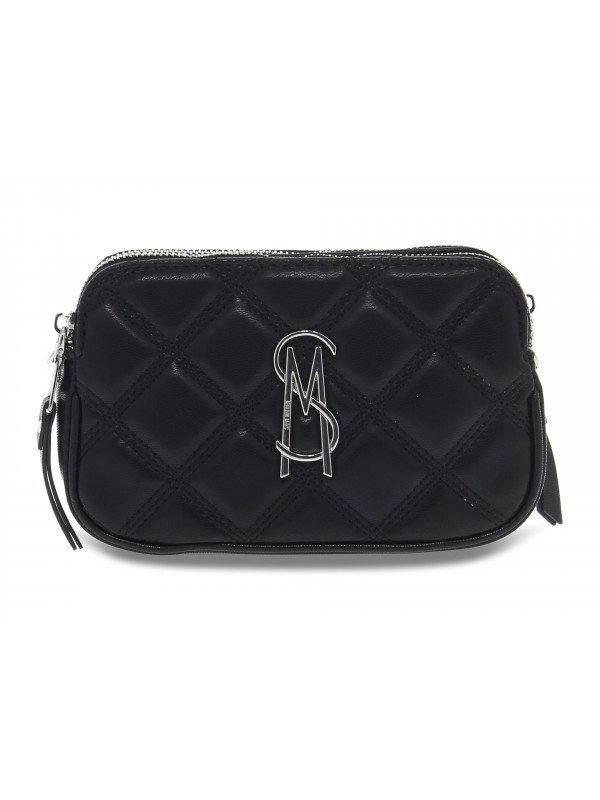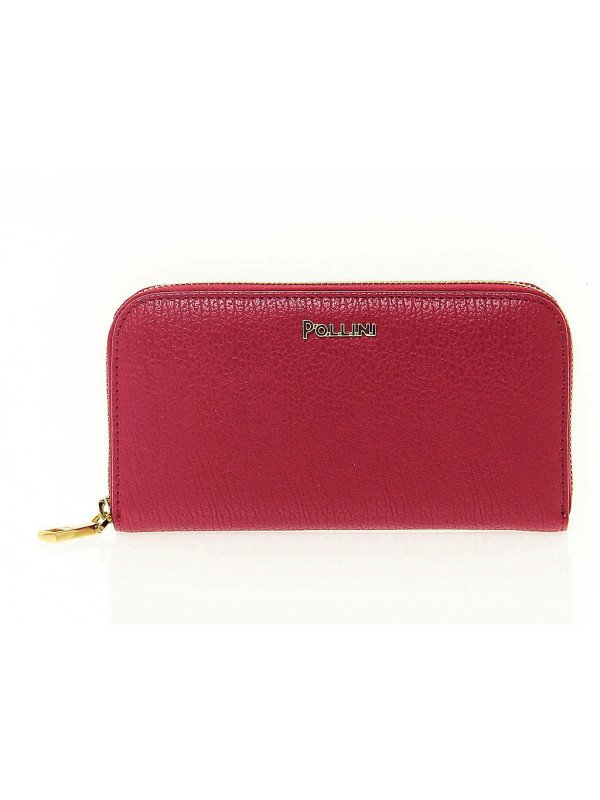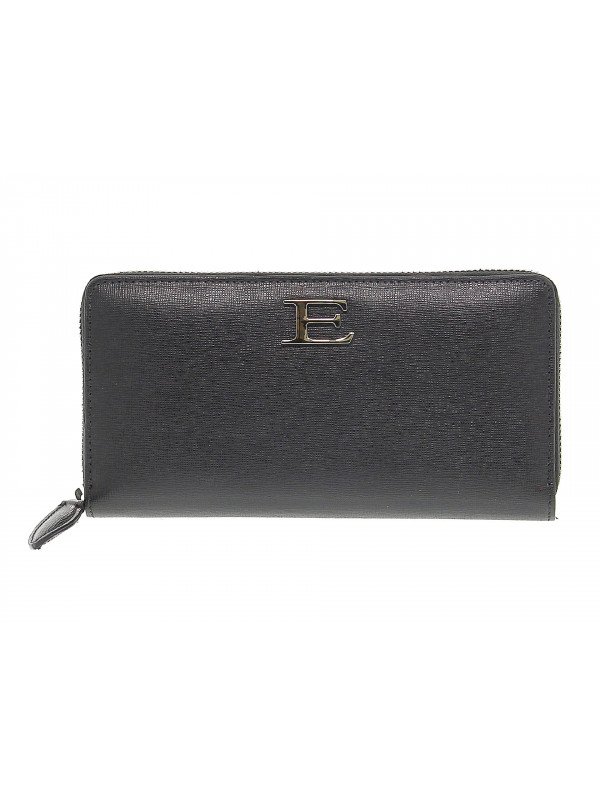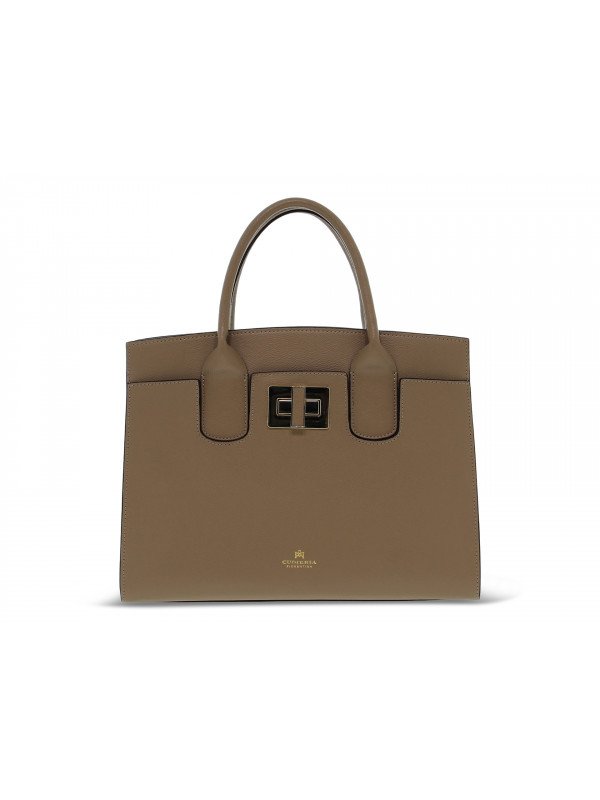History of the Handbag: from Functional Accessory to Status Symbol
The handbag is one of the most iconic fashion accessories, capable of combining functionality, elegance, and personality. But its history is far more fascinating than one might imagine. Far from being a simple container, the handbag has crossed eras and cultures, evolving alongside society and becoming a true symbol of style and status.
The first handbags date back thousands of years and were mainly used to carry essential items such as money, food, or work tools. In civilizations like the Egyptian or Mesopotamian ones, men and women used leather or fabric pouches tied to their belts — essential everyday objects, but without special decorations.
Over time, even in ancient Greece and Rome, handbags began to stand out, especially among travelers or merchants, signaling not only usefulness but also an early form of prestige.
In the Middle Ages, the concept of the handbag began to evolve. Ornate and embroidered bags became privileged accessories among the noble classes, able to convey wealth and social belonging. They were no longer mere practical tools but small prestige objects, often decorated with family symbols or fine fabrics. Attention to detail grew in parallel with the importance of fashion as a means of distinction.
During the Renaissance, the handbag became even more refined, turning into a true work of art. Aristocratic women carried elaborate handbags, often matched with their dresses, while artisans and designers experimented with new materials and crafting techniques. The handbag thus began to reflect not only status but also the aesthetic sensibility of its owner.
However, it was in the 19th century that the handbag took on the form closest to what we know today. With industrialization, production became wider while maintaining a high level of quality. Handbags became smaller, designed to hold essentials without weighing down the outfit, and the birth of the first specialized brands consolidated the idea of the handbag as an elegant and distinctive accessory.
During the 20th century, the handbag definitively transformed into a symbol of style and luxury. Some brands created iconic models loved by stars and public figures, and today many other brands continue this tradition, each with its own identity.
At Guidi Calzature, in San Marino and online at www.guidicalzature.com, we offer handbags that combine elegance, artisanal quality, and practicality, featuring brands that each tell a unique story.
Rebelle is the brand that offers a youthful and bold touch, perfect for those who love a dynamic and contemporary look. With modern lines and daring details, its handbags are ideal for those who want to stand out without giving up practicality.
Gherardini represents Italian artisanal tradition, with handbags made from fine leathers and refined craftsmanship. Each creation carries with it discreet elegance and timeless style.
Versace Jeans Couture adds an explosion of glamour and personality, characterized by vibrant colors and its famous iconic logo. Its handbags turn every outfit into a fashion statement.
Steve Madden interprets contemporary trends with a youthful and metropolitan spirit. His handbags, with cosmopolitan designs, are perfect for those who live the city with character.
Pollini embodies classic Italian elegance, always current and impeccable. Its creations combine refinement and functionality, adapting to every occasion.
Ermanno Scervino expresses discreet and sophisticated luxury, with sartorial details and materials of the highest quality. His handbags are designed for those who love authentic refinement.
Cuoieria Fiorentina is a tribute to the finest Tuscan tradition. Each handbag, handmade by skilled artisans, tells a story of craftsmanship and enduring quality.
Whether you’re looking for an elegant model for everyday use, an iconic accessory to show off on special occasions, or simply a handbag that reflects your personality, at Guidi Calzature you’ll always find the right piece to complete your style and carry with you a piece of fashion history.
 Deutsch
Deutsch  Español
Español  Français
Français  Italiano
Italiano 


